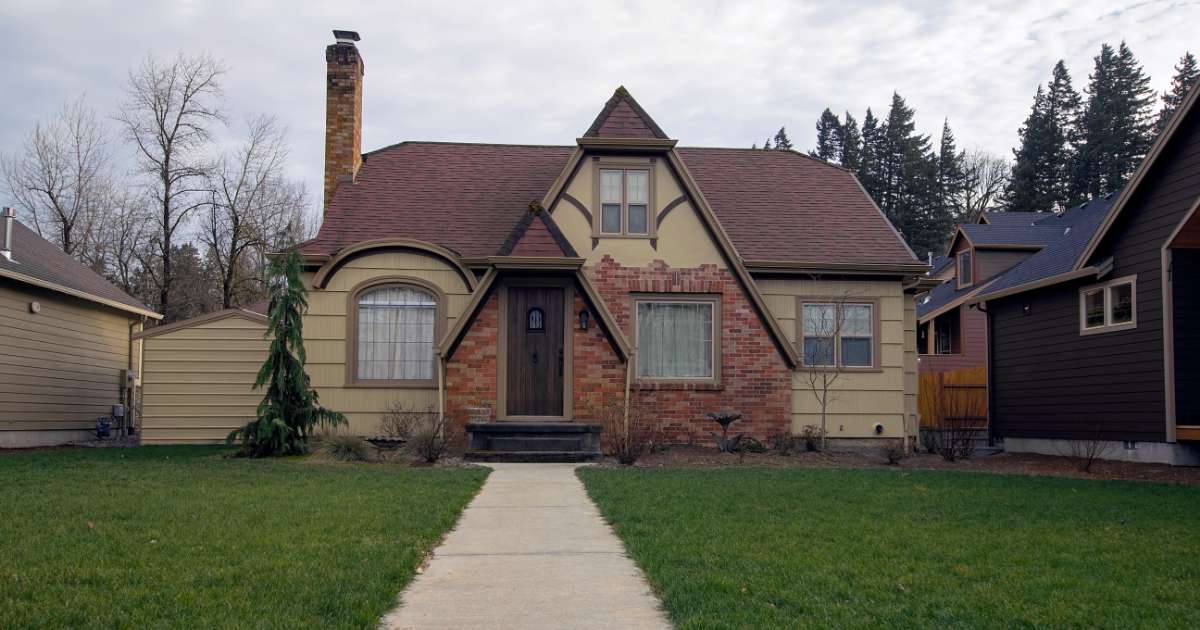Gentrification in St. Louis
Gentrification means different things to different people, and while some people may like new businesses coming to their area, a changing neighborhood may not benefit everyone. As St. Louis grows and changes, the effects of gentrification are becoming more and more noticeable. This transformation is affecting neighborhoods and house value in the city. Let’s take a look at how gentrification in St. Louis is impacting housing prices, help you figure out when it's a good idea to sell your house in a gentrified area, and find out how you can make the best of your gentrifying neighborhood.

What is gentrification?
Gentrification happens when businesses and restaurants move into an established area, often changing the landscape of the whole community and pushing out longtime residents. In St. Louis, like in lots of other cities in the U.S., gentrification is altering the look and feel of many neighborhoods, affecting housing costs and how people experience life in those areas. In areas like the Southside and Central Corridor especially, gentrification is a growing issue.
How gentrification affects housing prices in St. Louis
Although gentrification can make a neighborhood look nicer and boost its economy, it often means higher living expenses. People living there might have to deal with increased property taxes and insurance costs. These rising house values can also pose problems for retirees living on fixed incomes, as it can be tough to afford the increased cost of living.
But there is a silver lining: When housing costs go up, so do housing prices. That’s because when property demand increases, so does value. So, yes, that does mean your cost of living will increase. But gentrification in St. Louis doesn’t have to be all bad. This can be a good time to consider selling your house that’s now in a gentrified neighborhood.
What can you do about gentrification?
If the rising cost of living in a gentrified neighborhood is making it challenging for you to stay, you don’t have to. You can capitalize on the increased value of your property by selling your house. This can provide you with some extra money and the chance to start fresh in a neighborhood that better matches your financial situation and lifestyle.
Sell your house in a gentrified neighborhood.
When you’re ready to sell your house, you can get a quick, hassle-free home sale with We Buy Ugly Houses® in St. Louis. We help homeowners get a fast, easy home sale with our 3-step process. It works like this:
- Free consultation: We’re local property buyers here in St. Louis, and we understand the real estate market. We will give you a free consultation, discuss your needs, answer your questions, and evaluate your house.
- Fast offer: Once we’ve seen your house, we can make you an offer. We make offers fast, sometimes on the same day we come over. These offers are based on local market comparable sales, the condition of your house, and other factors. Don’t worry though, we don’t need your house to be perfect. In fact, you don’t even need to clean it before we come over.
- Fast closing: If you accept our offer, we can close fast, sometimes in as little as 3 weeks. Plus, we don't charge commissions, have no hidden fees, and cover all typical closing costs. Our offers are typically discounted below market value in exchange for speed and convenience.
Gentrification affects housing prices in St. Louis, and this could be an opportunity for you to benefit from your rising house value. Take advantage of the market and sell your house to We Buy Ugly Houses.


